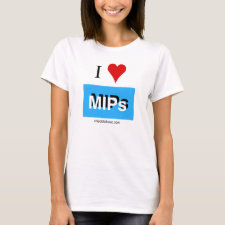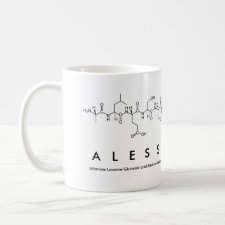
Authors: Cenci L, Piotto C, Bettotti P, Bossi AM
Article Title: Study on molecularly imprinted nanoparticle modified microplates for pseudo-ELISA assays.
Publication date: 2018
Journal: Talanta
Volume: 178
Page numbers: 772-779.
DOI: 10.1016/j.talanta.2017.10.018
Alternative URL: https://www.sciencedirect.com/science/article/pii/S0039914017310573
Abstract: Nanosized Molecularly Imprinted Polymers (nanoMIPs) are designed artificial nanoreceptors with a predetermined selectivity and specificity for a given analyte, lately proposed as a replacement to antibodies in immunoassays. The nanoMIP-plate preparation based on nanoparticle adsorption was studied with the aim to rationally identify and discuss the critical points in the nanoMIP-assay development, in an example based on the iron homeostasis biomarker hepcidin and hepcidin-specific nanoMIPs (Kd = 9 nM). Plates were prepared by deposition and drying of nanoMIP (0.5-4 μg/well), or by nanoMIPs co-depositions (proteins, PVA). Rehydration (> 1 h) of dry nanoMIP-plates showed the reconstitution of the imprinted binding sites. NanoMIP-plate mechanical stresses (several washings; pipetting) caused nanoMIP desorption (~90%). After 10 washes the quantity of nanoMIP was 0.2 μg/well, the imprinted binding sites were ~270 fmol/well, their accessibility the 92%. Co-depositions resulted in higher amount of adsorbed nanomaterial (1.2 μg/well), but low accessibility of the imprinted binding sites (2-47%). Tested in a competitive sequential assay, using as competitor horseradish peroxidase conjugate to hepcidin, the nanoMIP-plate permitted to determine hepcidin in serum samples, yet with a narrow dynamic range of response (0.9-10 nM). Critical points in the assay were: the instability of the nanoMIP adsorption, which lead to the progressive loss of binding sites/well, and the affinity of the nanoMIP for the analyte (Kd = 9 nM), which corresponds to kinetics dissociation constants on the time-scale of the washing lengths (minutes), thus compatible with the release of the bound hepcidin during the washings. The found limits set the conditions to develop a successful nanoMIP-assay: (i) stable microplate derivatization; (ii) maximized number of imprinted binding sites/well; (iii) nanoMIP/analyte equilibrium not perturbed on the time scale of the minutes (i.e. Kd ~ pM)
Template and target information: peptide, hepcidin
Author keywords: Molecularly imprinted polymers, nanoparticles, Hepcidin, immunoassay, Molecularly imprinted sorbent assay, Pseudo-ELISA



Join the Society for Molecular Imprinting

New items RSS feed
Sign-up for e-mail updates:
Choose between receiving an occasional newsletter or more frequent e-mail alerts.
Click here to go to the sign-up page.
Is your name elemental or peptidic? Enter your name and find out by clicking either of the buttons below!
Other products you may like:
 MIPdatabase
MIPdatabase









